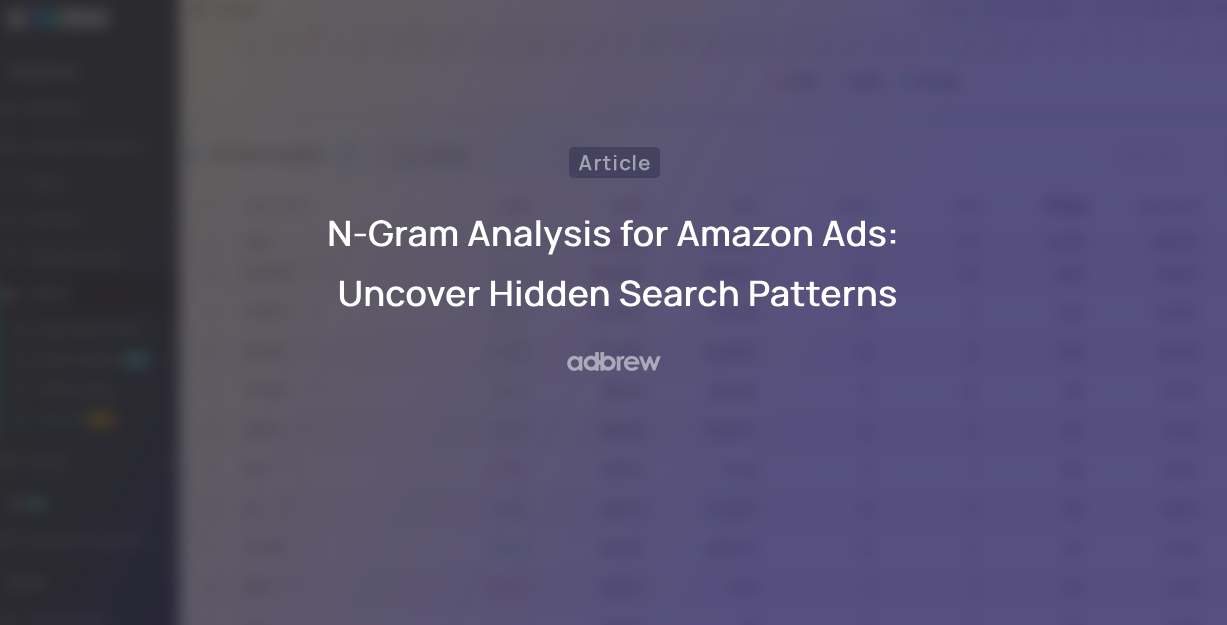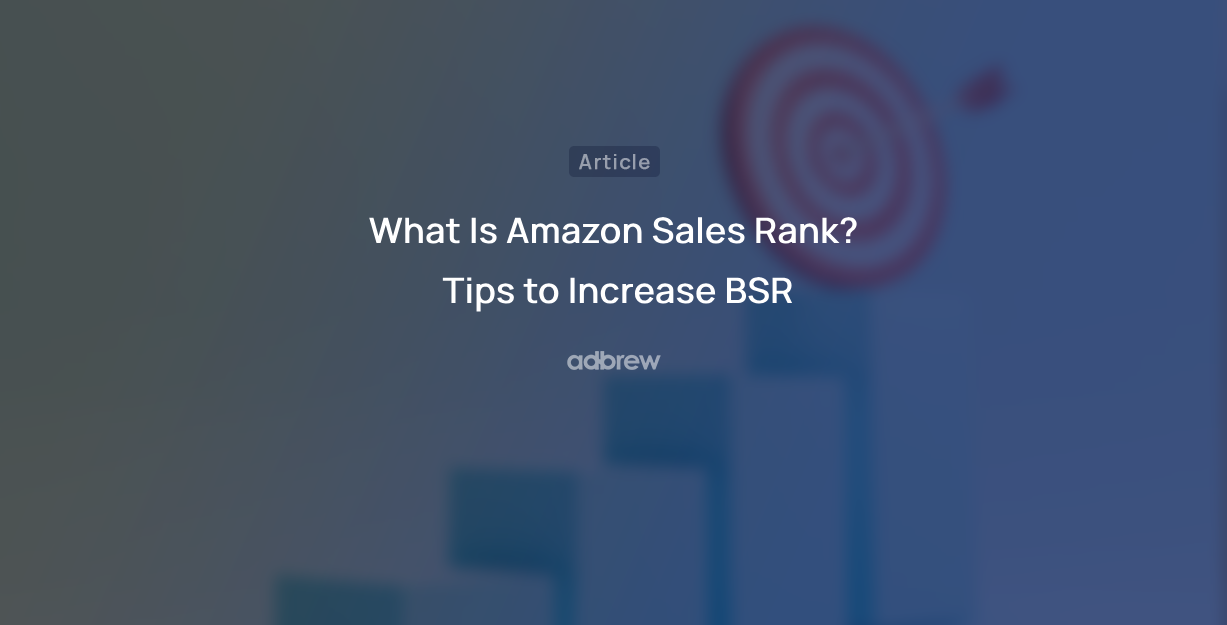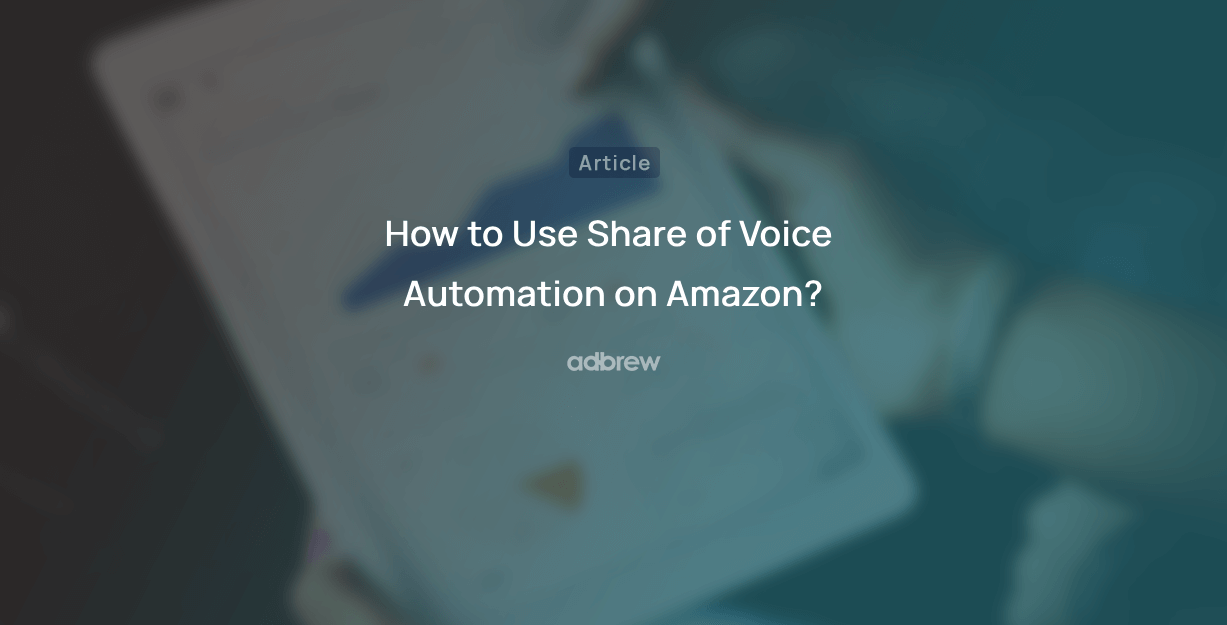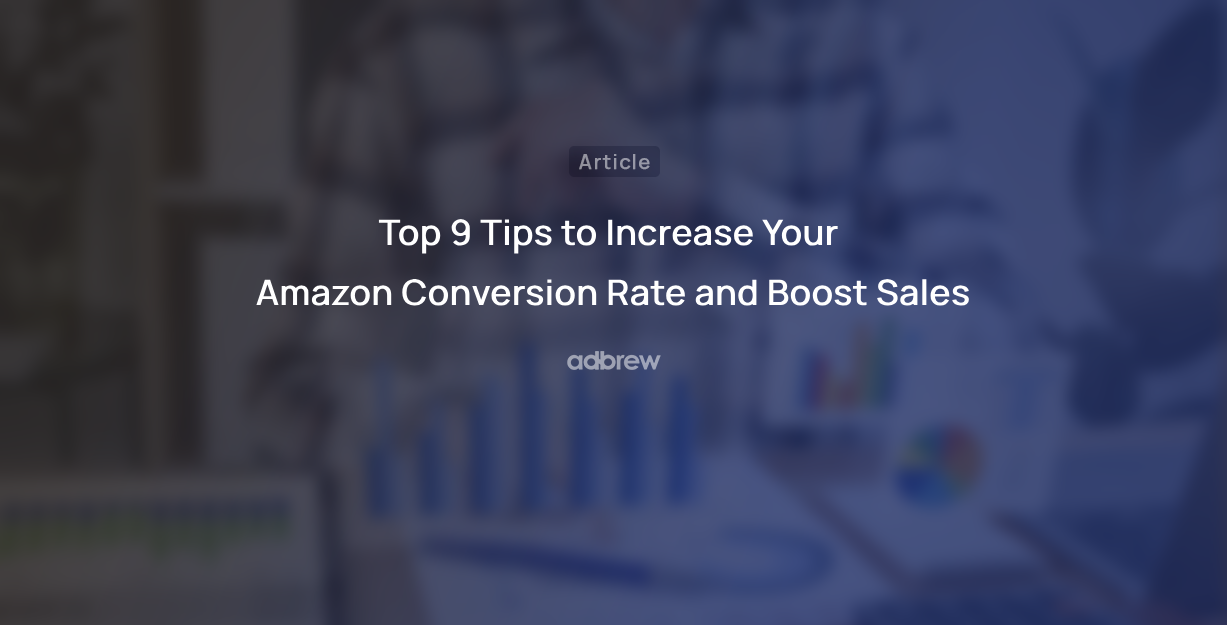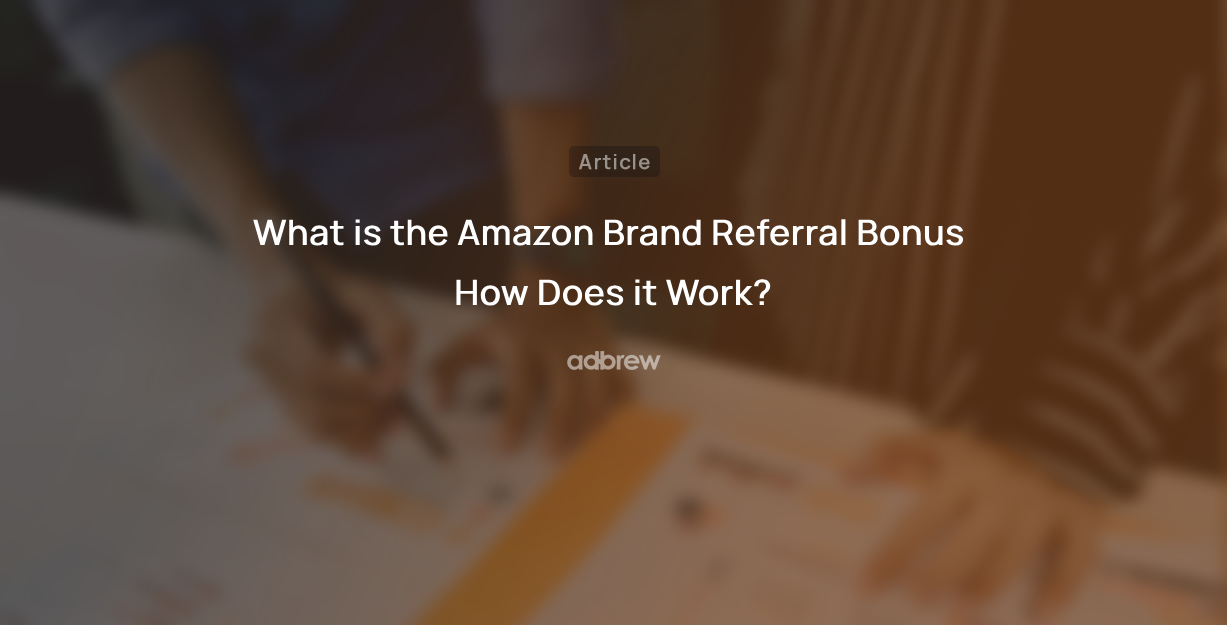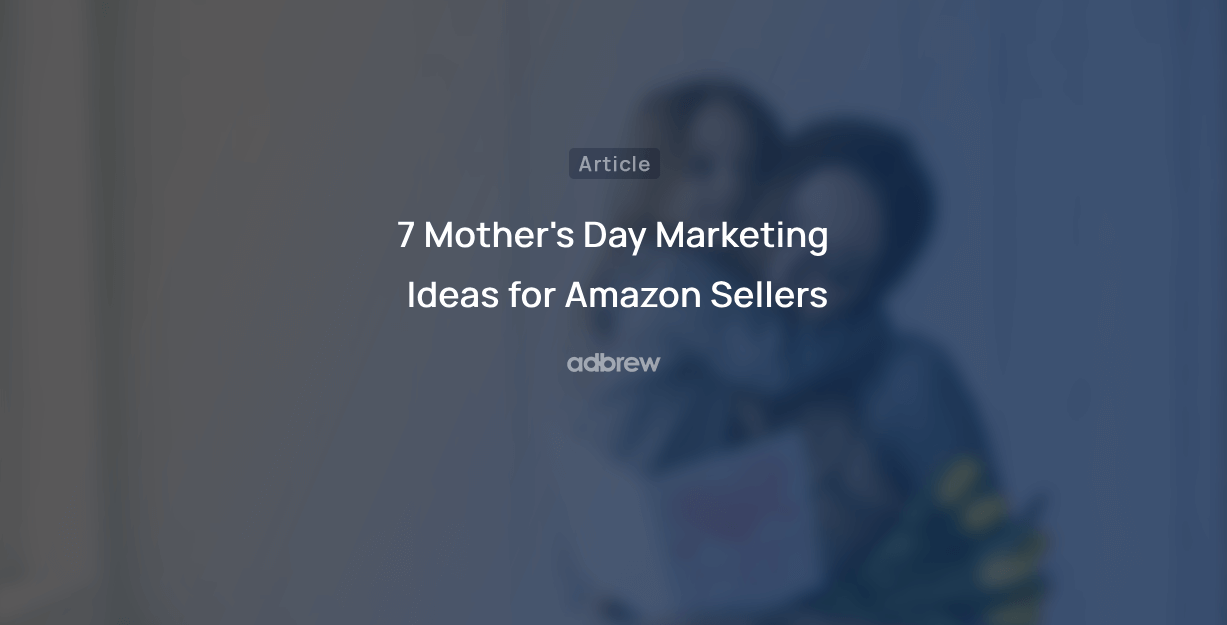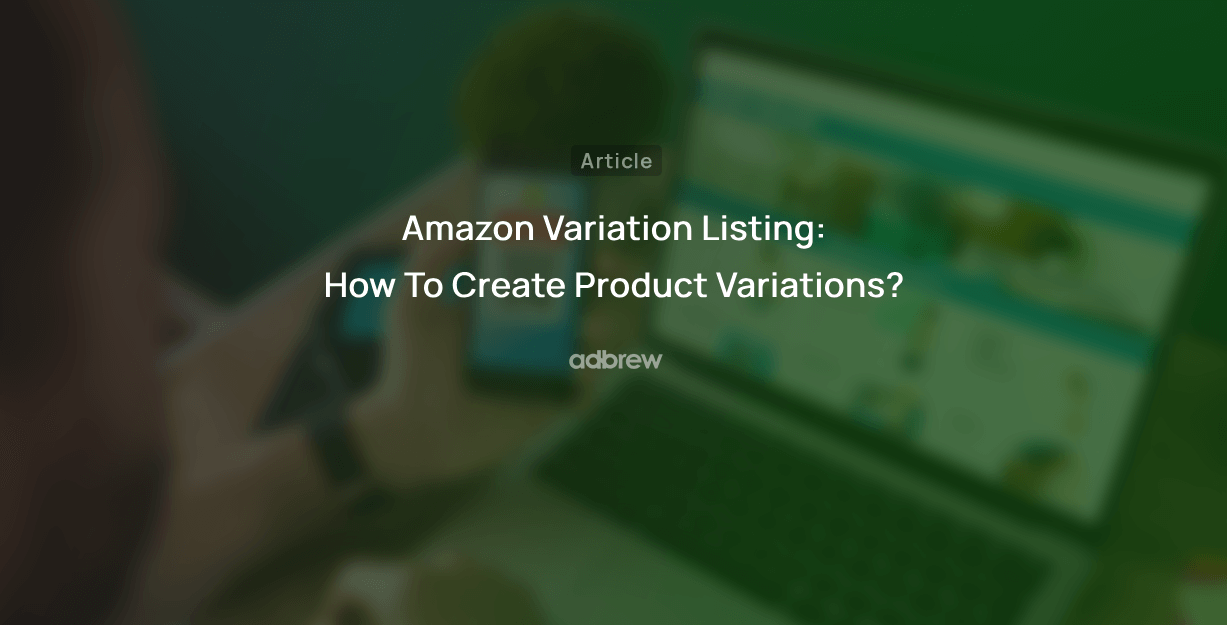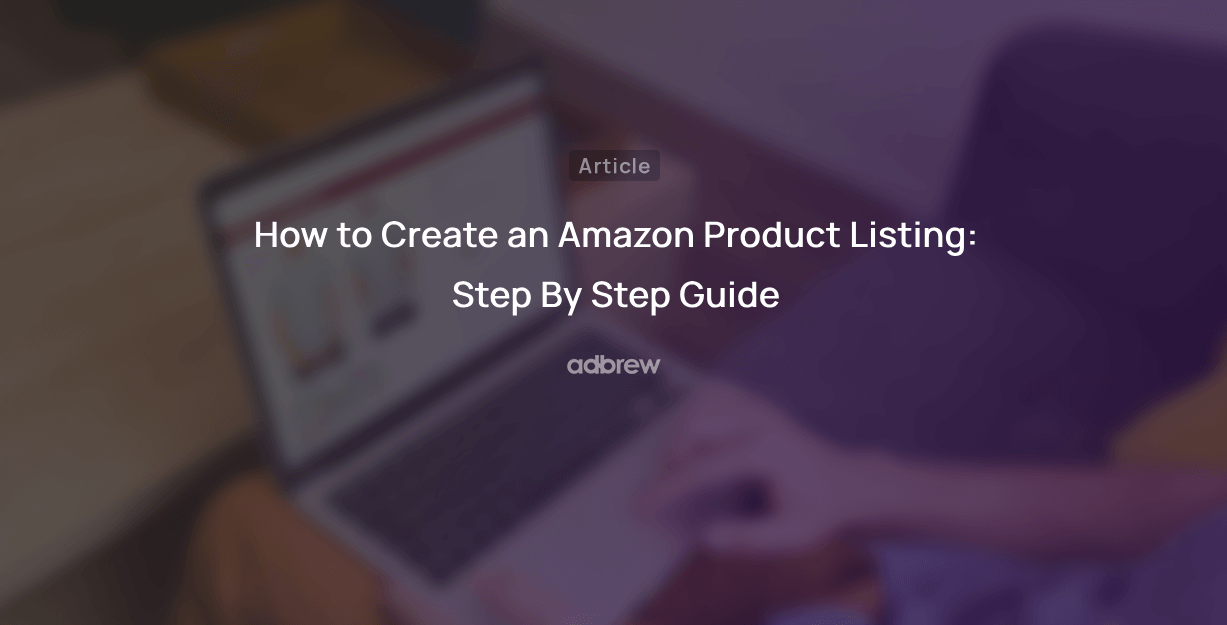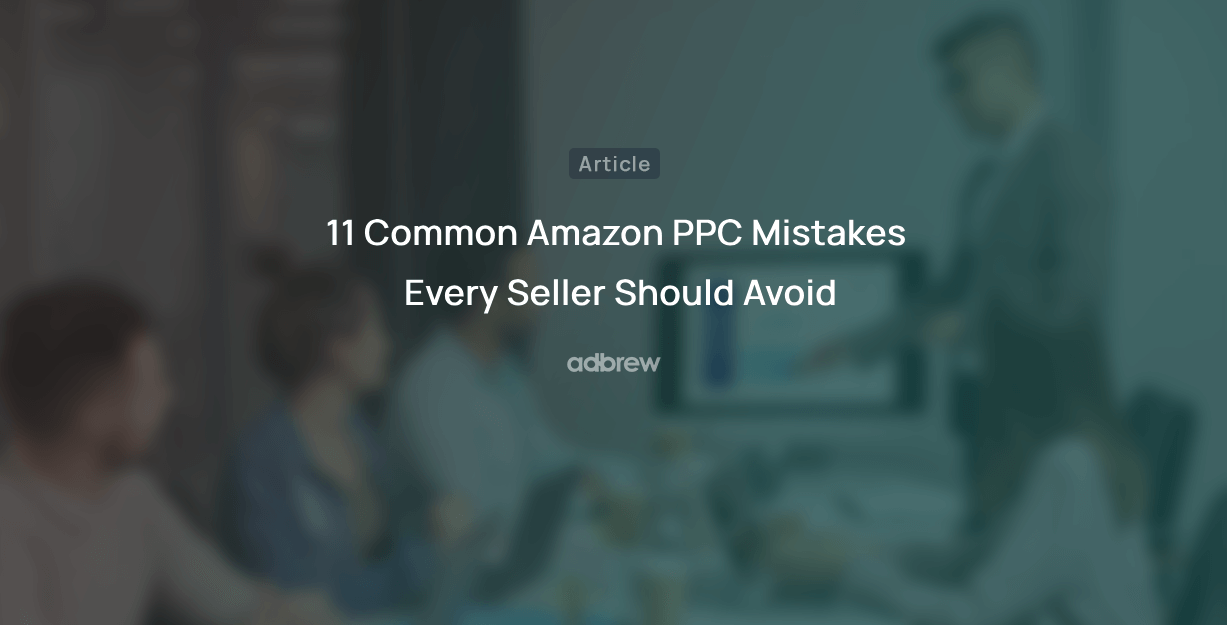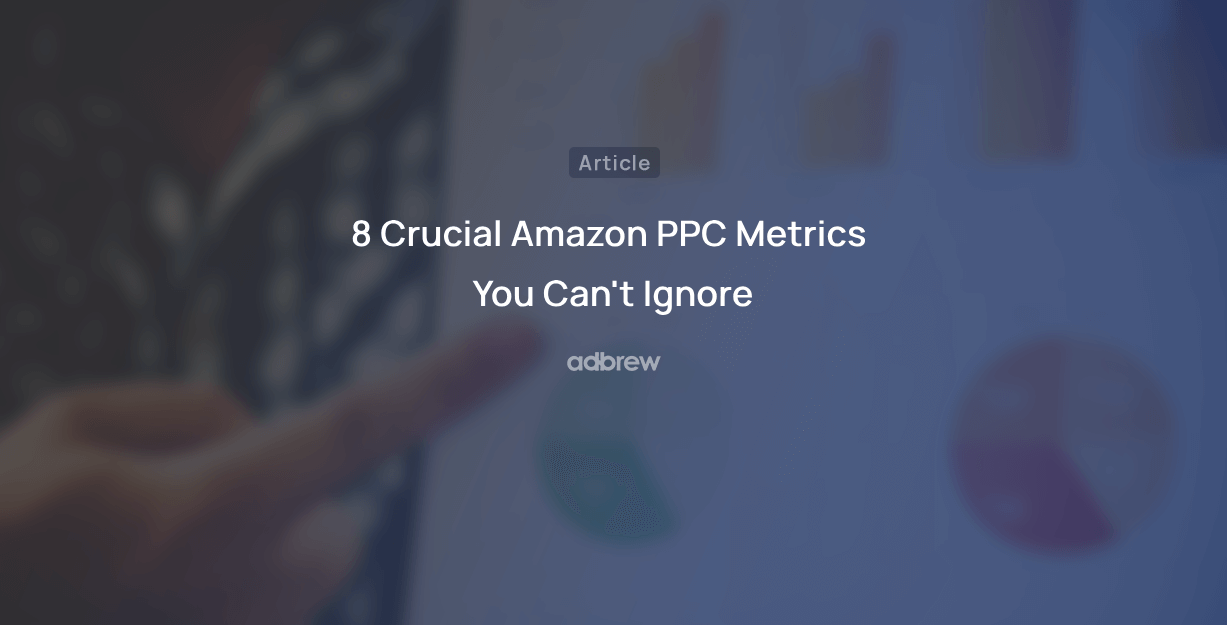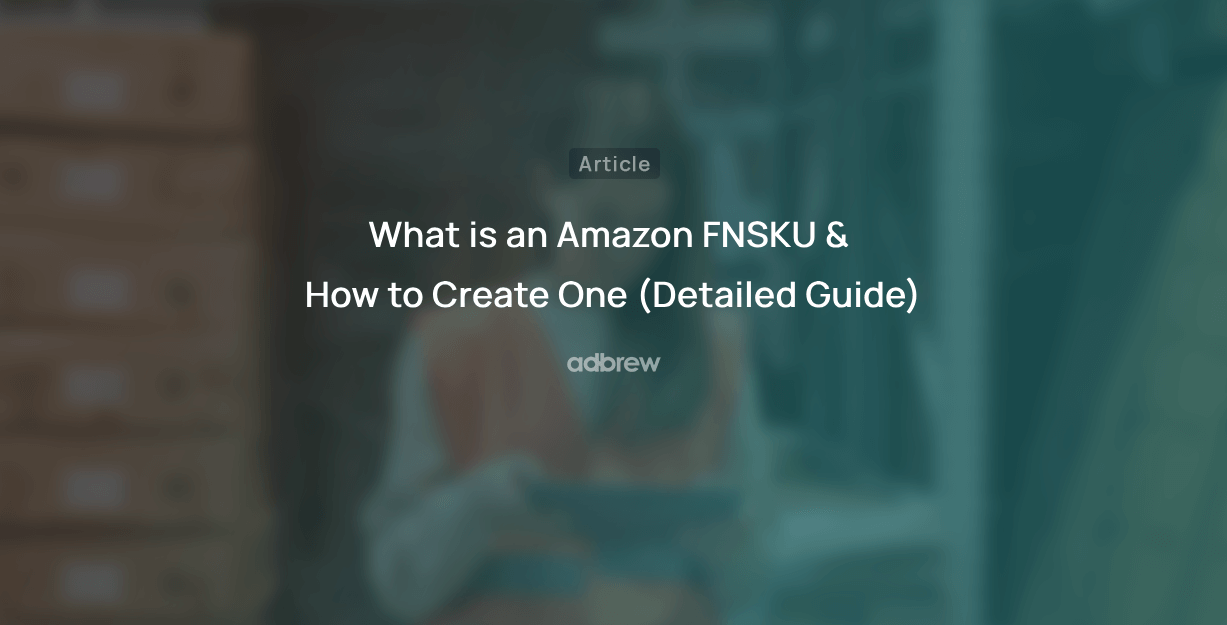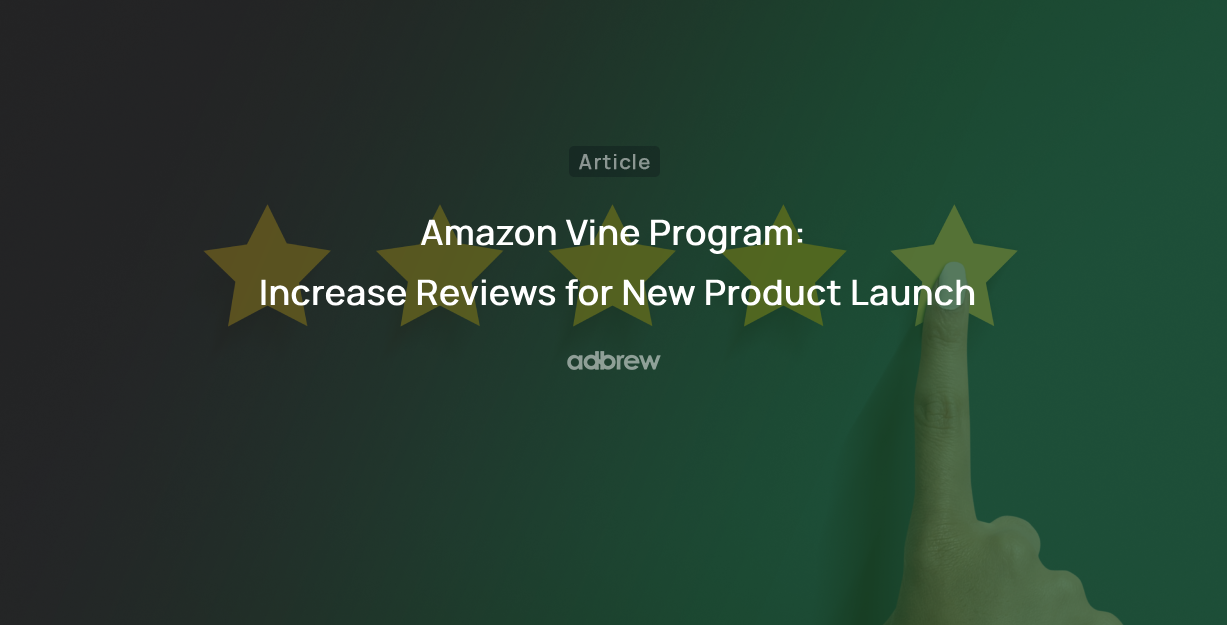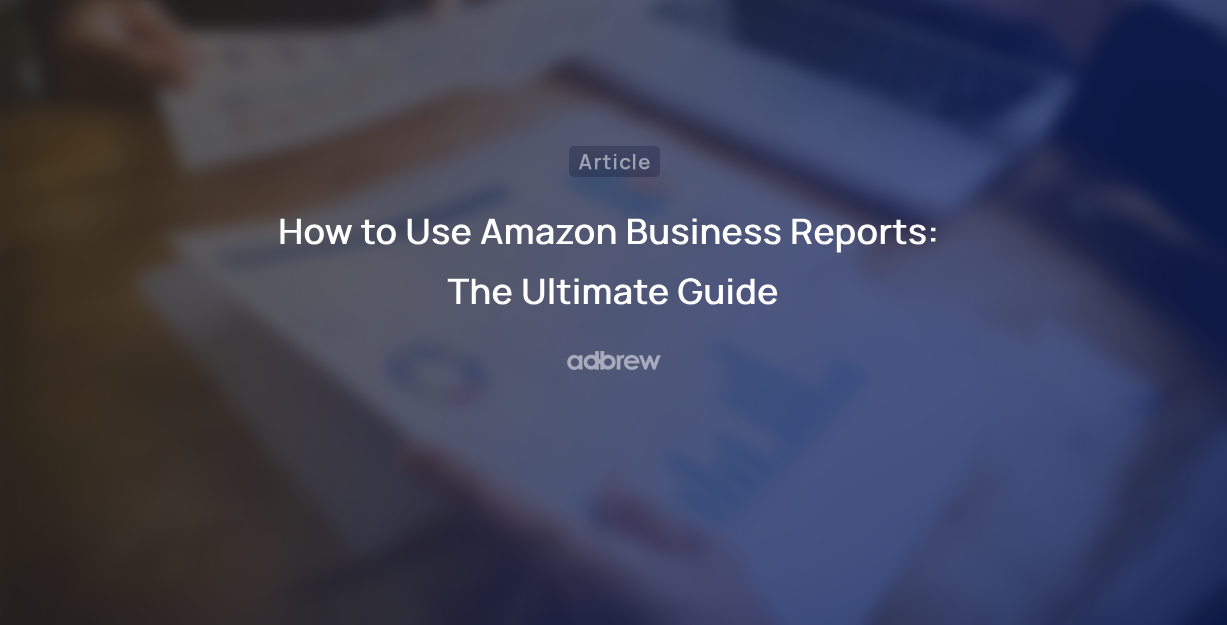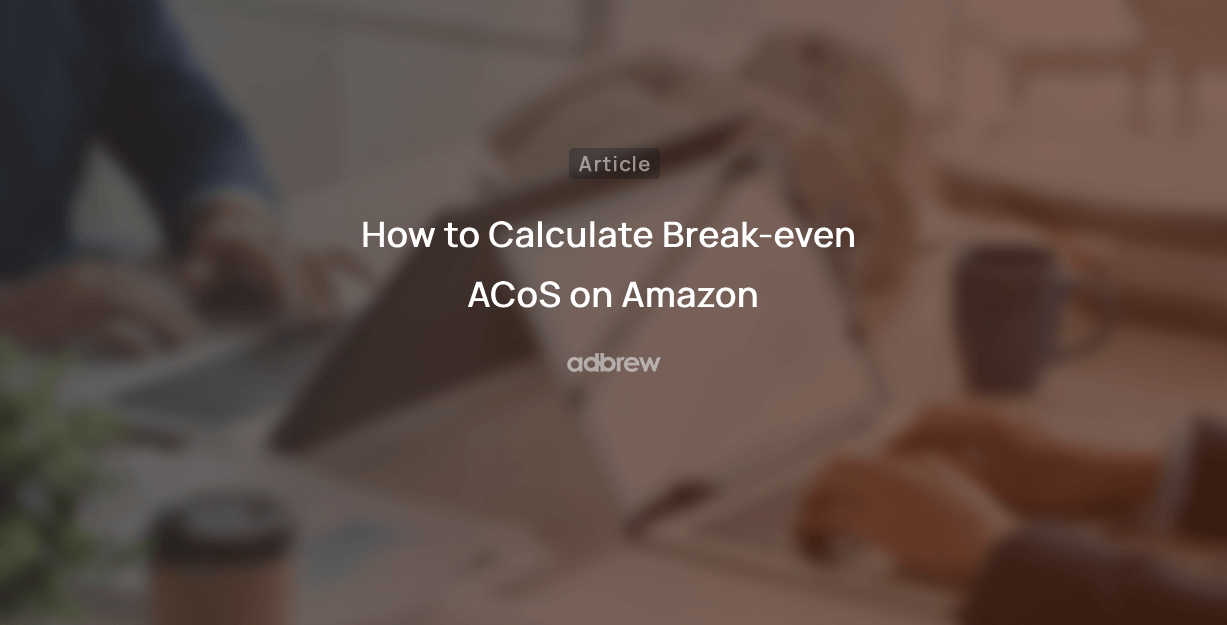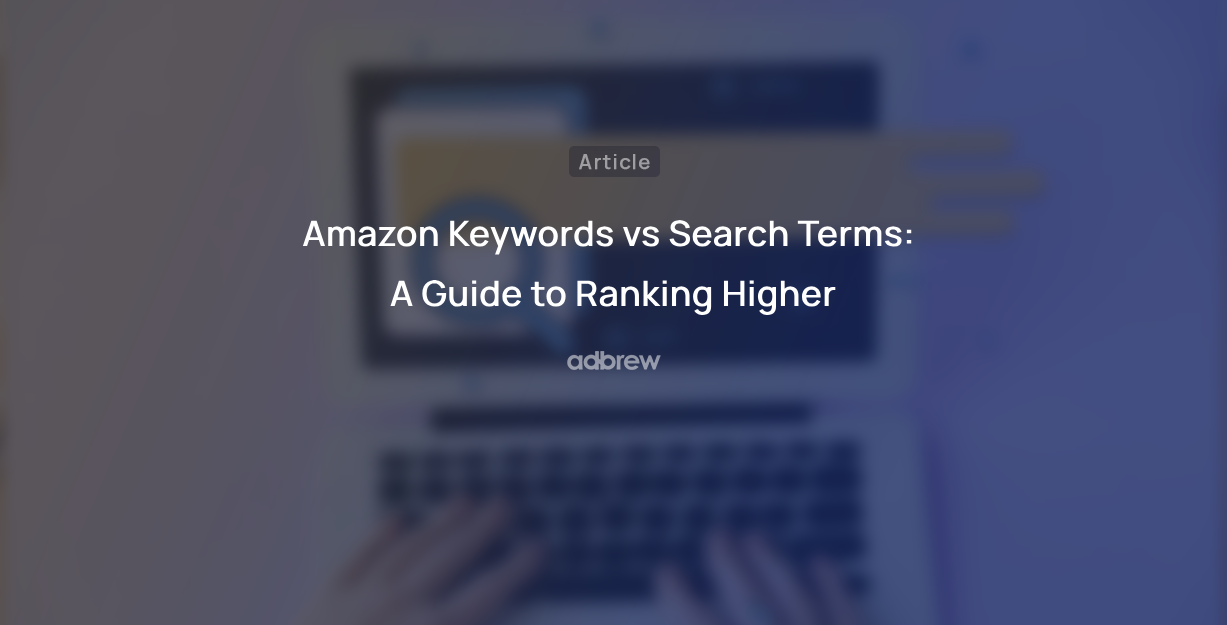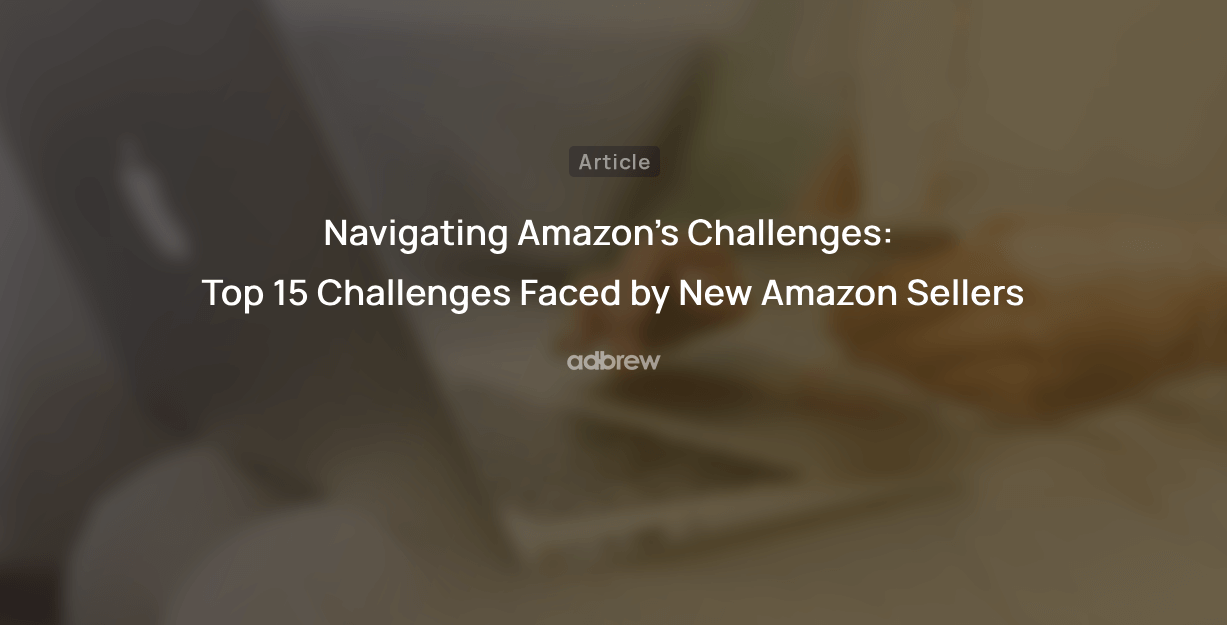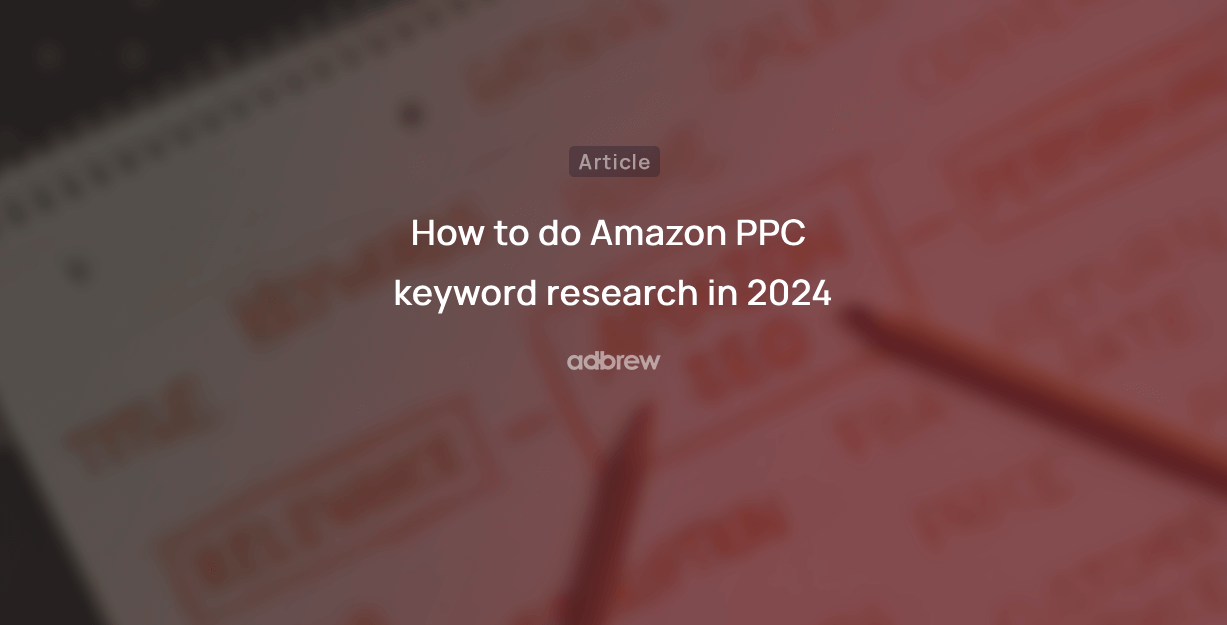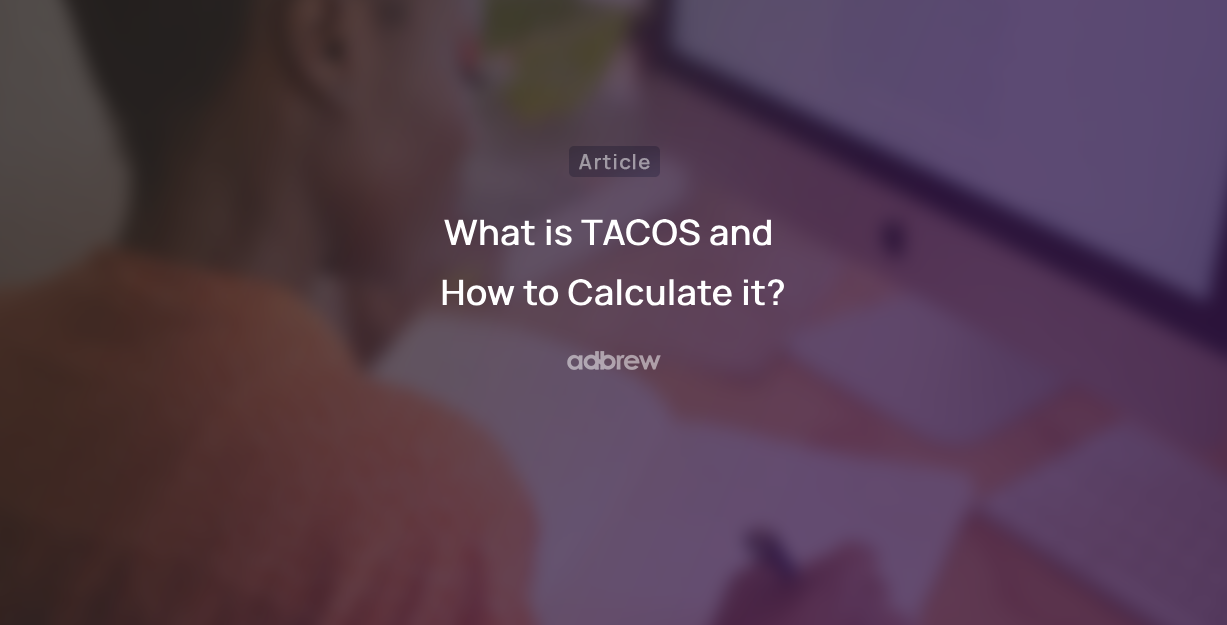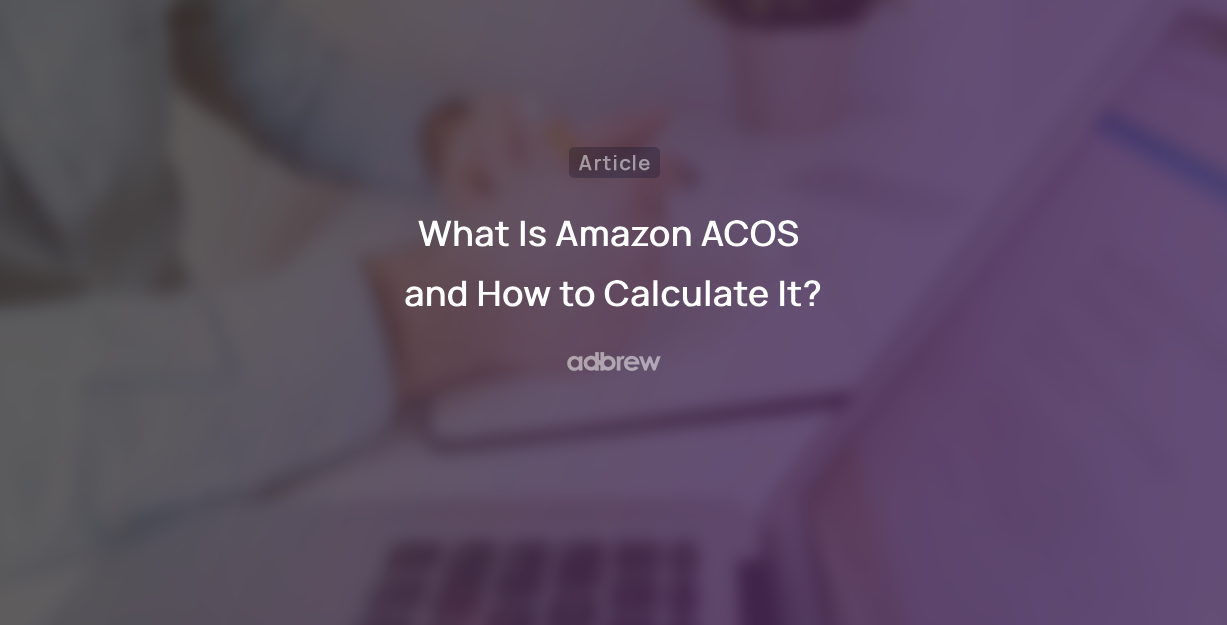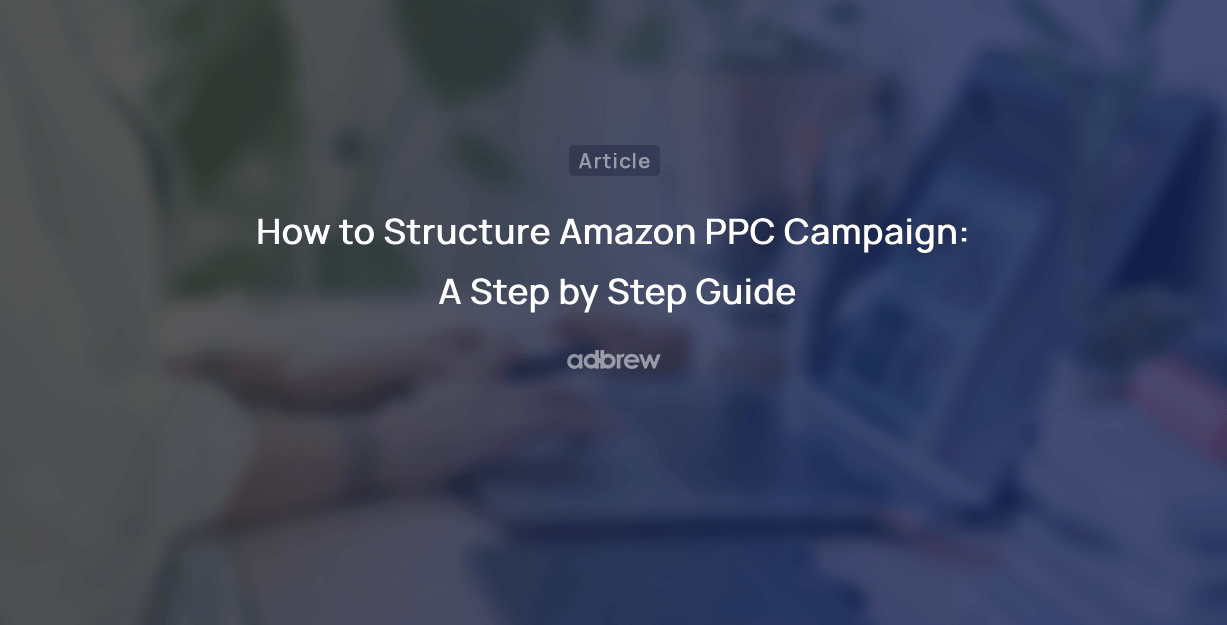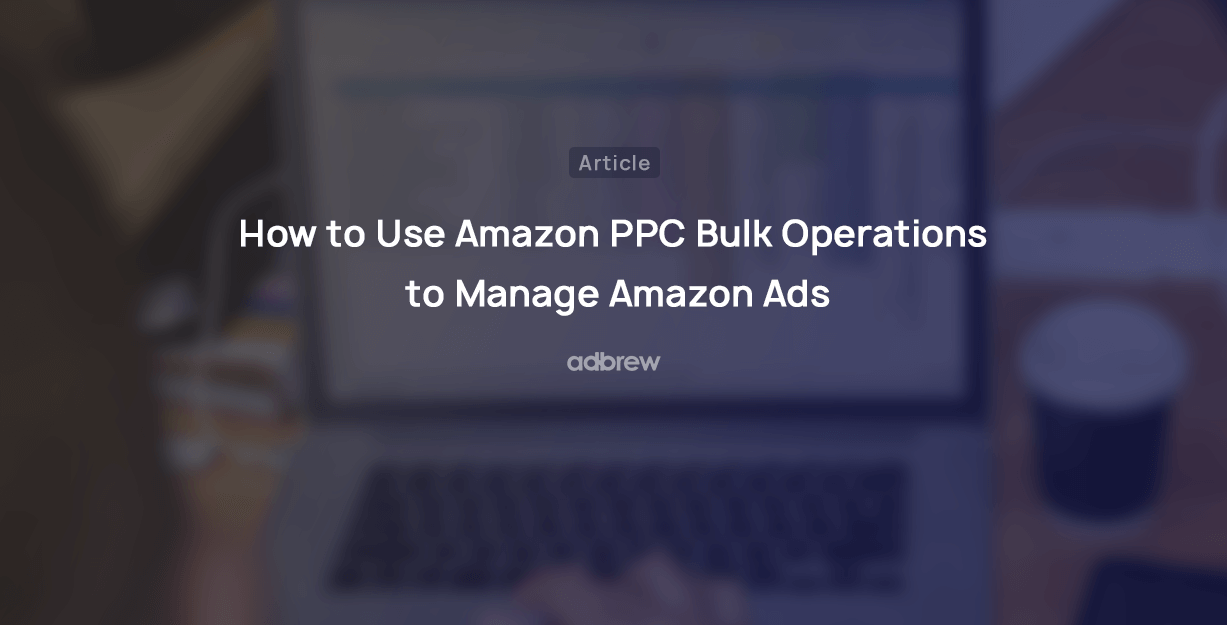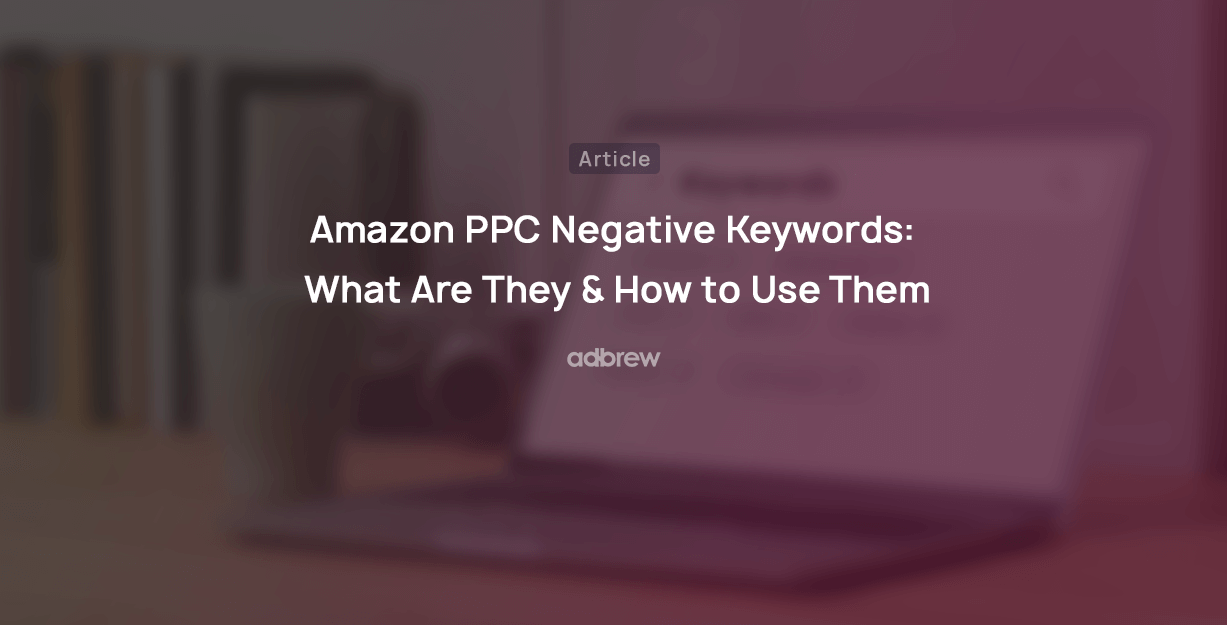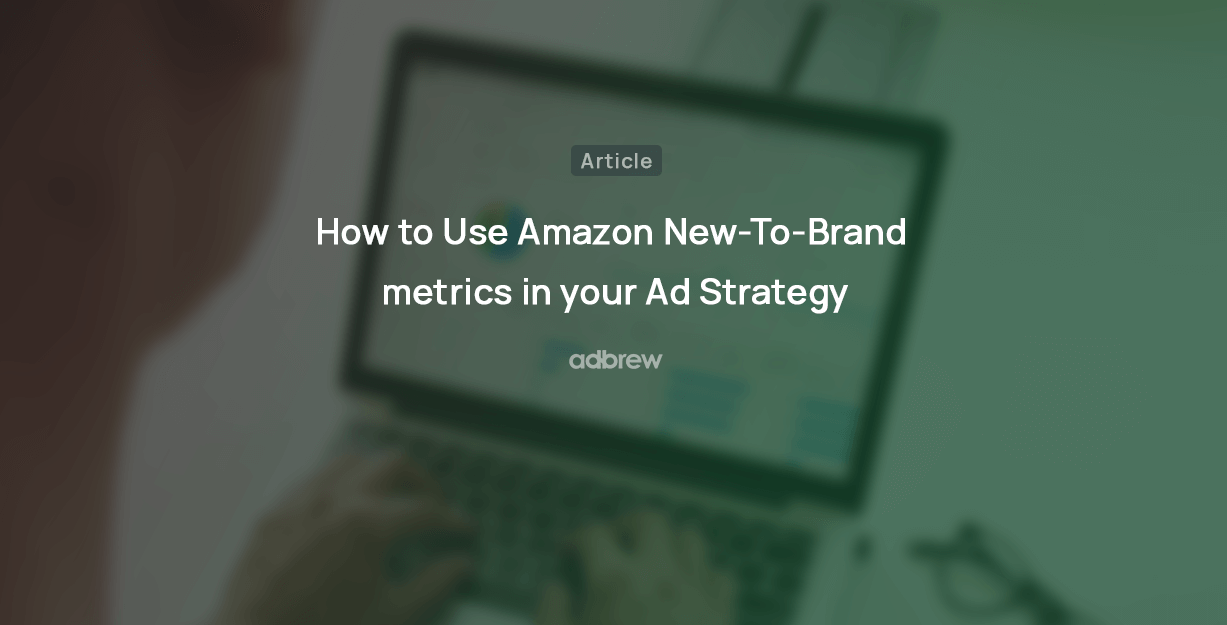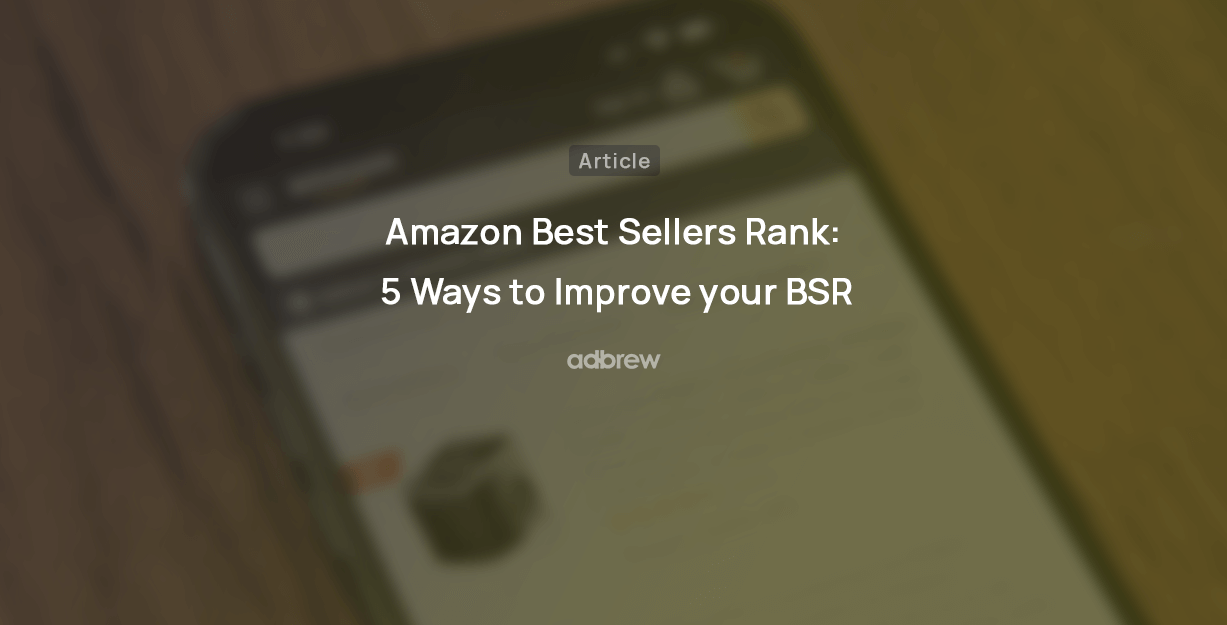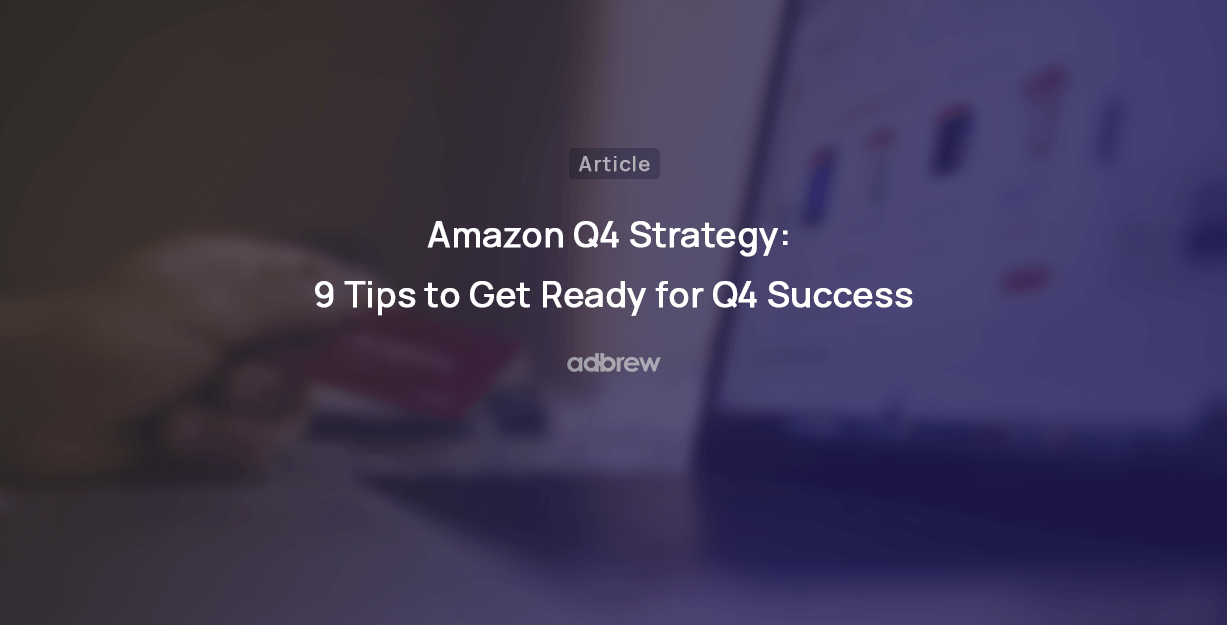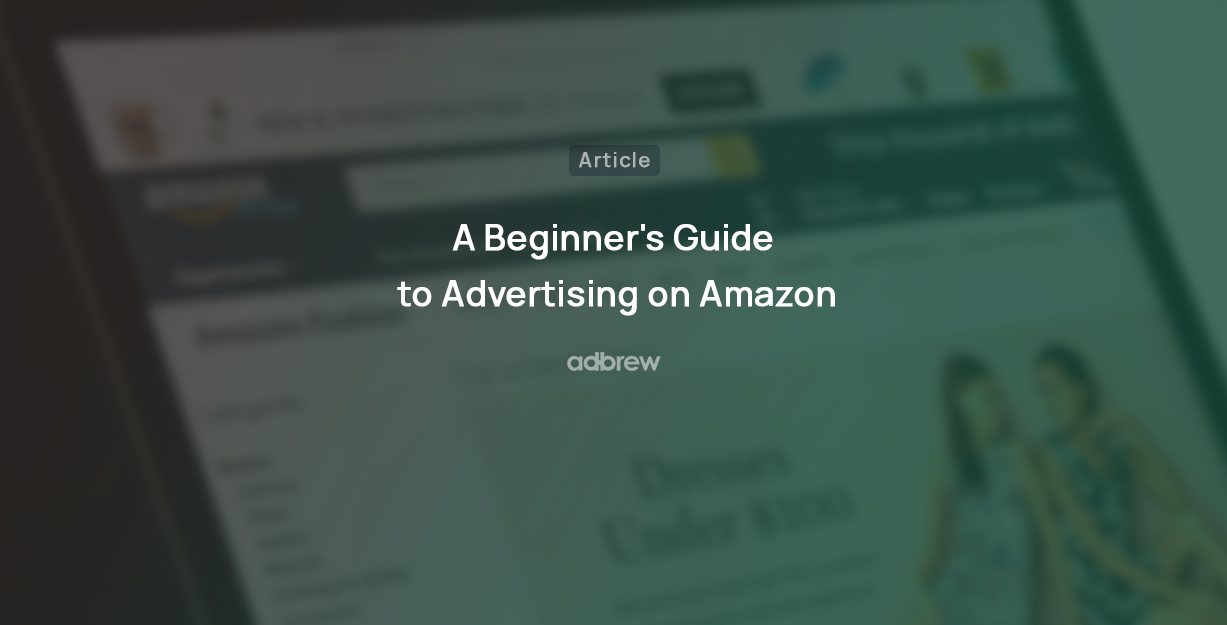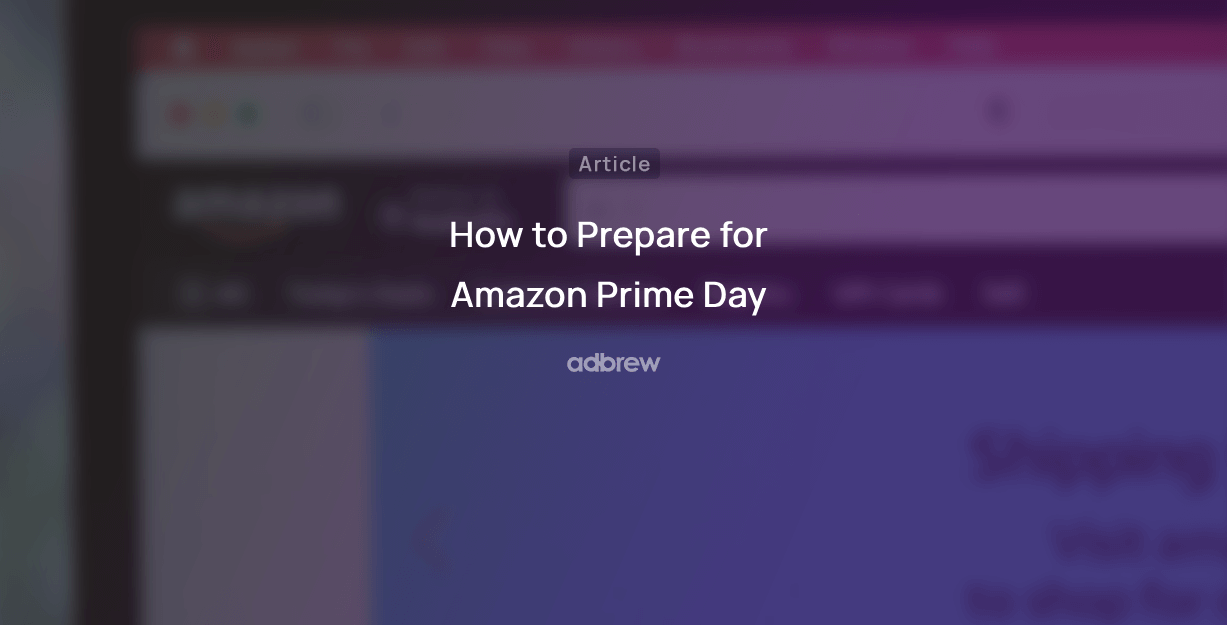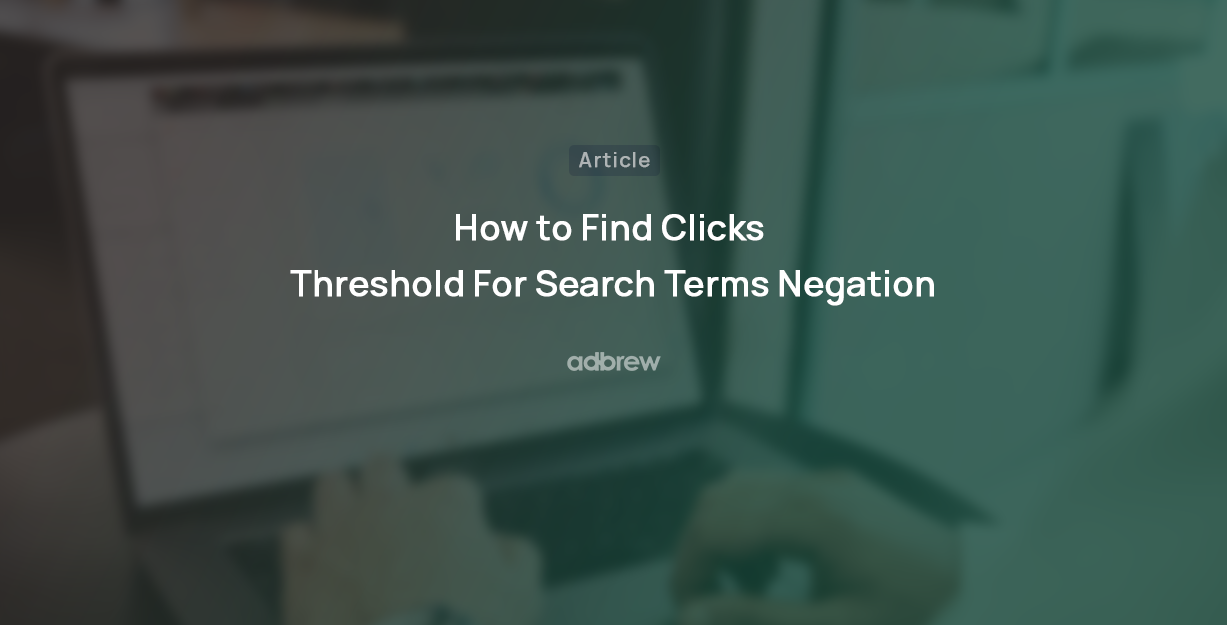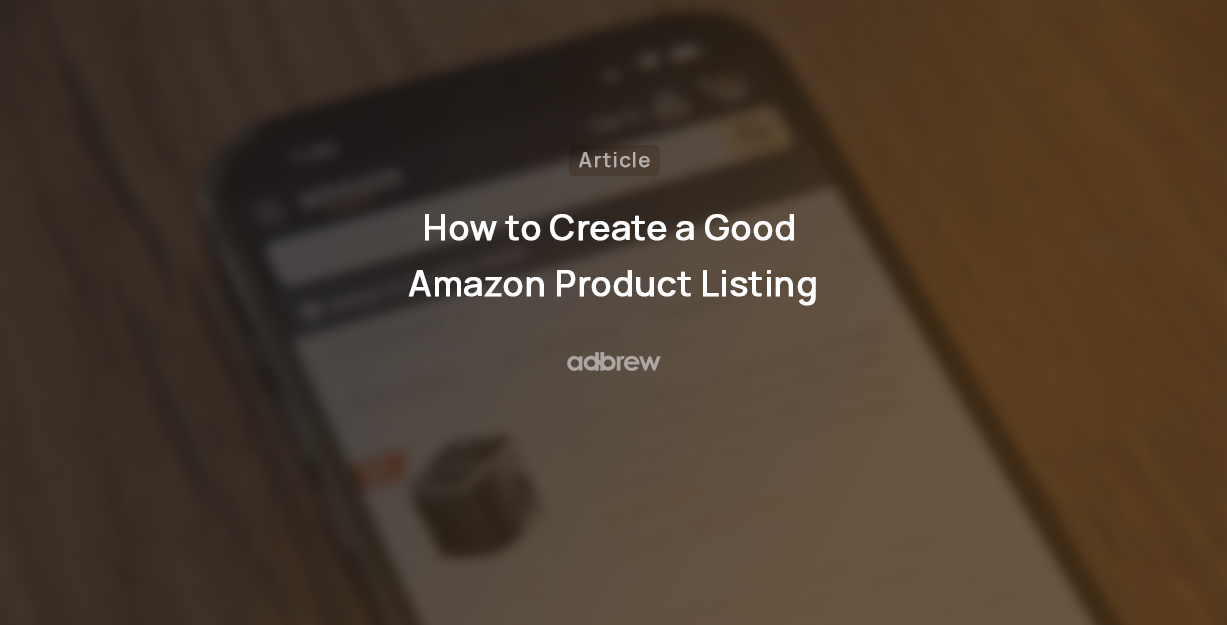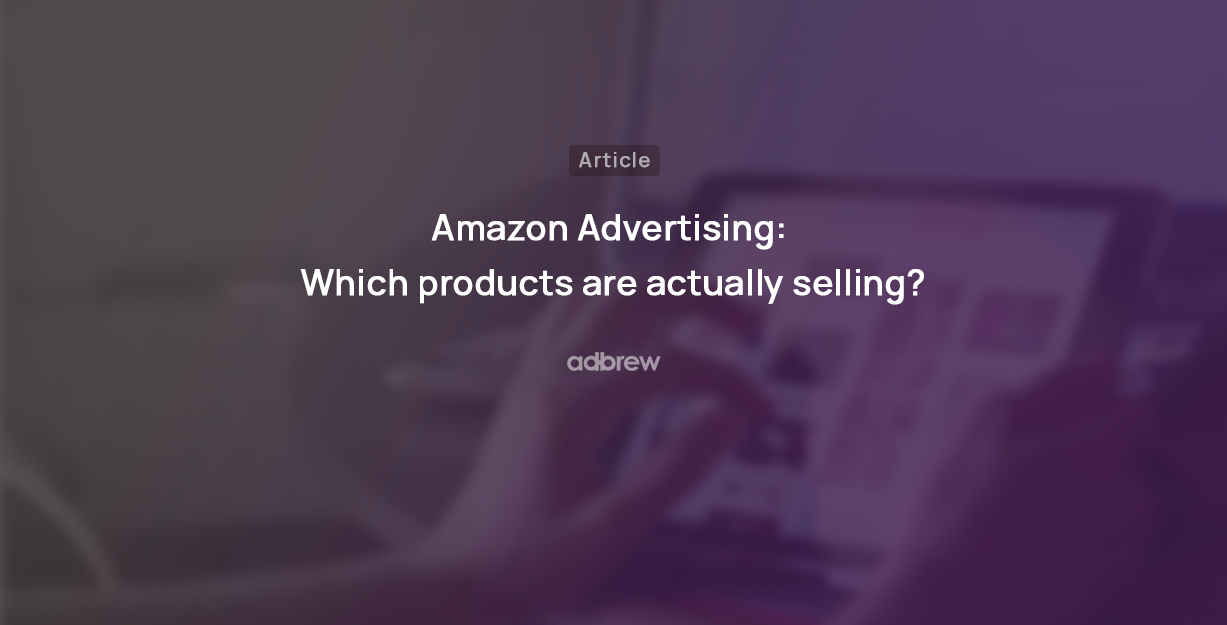
Amazon has become a go-to platform for all e-commerce business owners to launch and scale their e-commerce brands online.
But for those new to the platform, a crucial question arises: Should you become an Amazon seller or vendor? Understanding the distinctions between these two models is essential for maximizing your success on Amazon.
In this blog post, we will discuss the key differences between Amazon sellers and vendors, exploring the pros and cons of each program. We’ll also provide insights to help you determine which model best aligns with your business goals and resources.
Amazon Seller (3P)
The Amazon Seller program allows individuals or businesses to list and sell their products directly to consumers on Amazon’s marketplace as third party seller. Sellers have control over pricing, inventory management, marketing strategies, and customer service. They operate as independent entities, managing their storefront within Amazon’s platform.
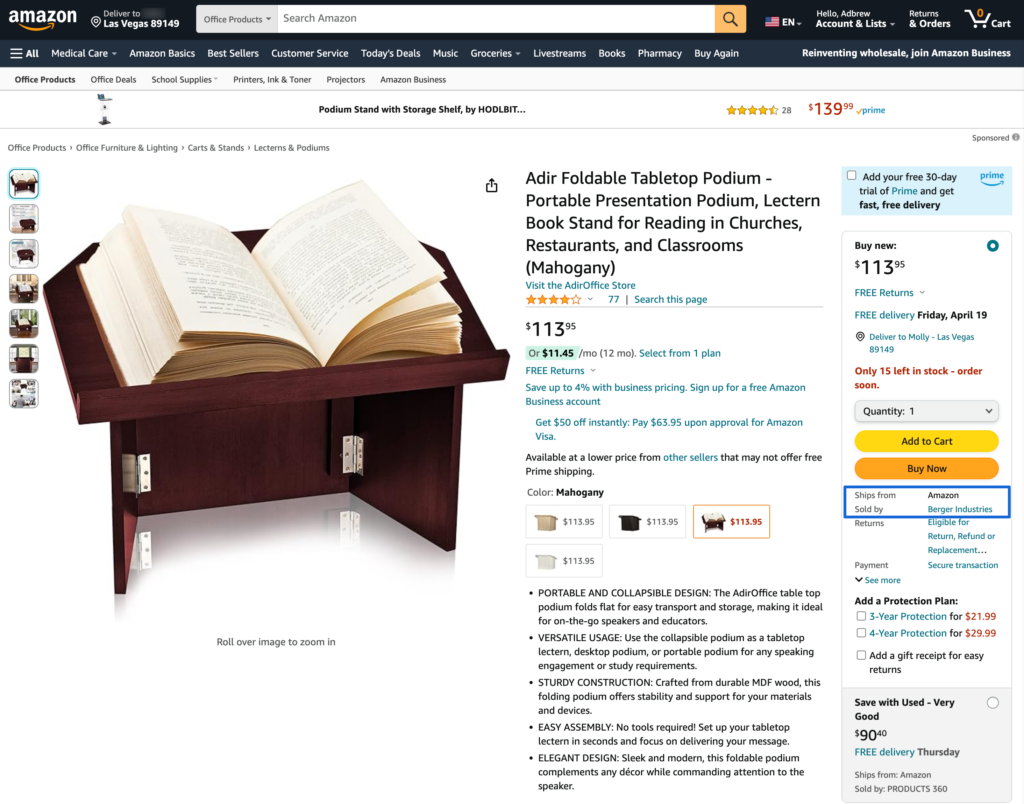
Amazon Vendor (1P)
On the other hand, the Amazon Vendor program, also known as 1P (First Party) or Direct Fulfillment, involves manufacturers or wholesalers selling products directly to Amazon. Vendors act as suppliers, selling their inventory wholesale to Amazon, which then assumes responsibility for storage, pricing, sales, and customer service. Products sold through the Vendor program are labeled as “Sold by Amazon.com” or “Fulfilled by Amazon.”

Key Considerations - Seller vs. Vendor:
1. Selling Model:
- Sellers: You have complete control over your brand presentation, pricing, and promotions. This allows for greater flexibility and customization.
- Vendors: While you may have some influence on pricing and promotions through negotiations with Amazon, they ultimately control these aspects.
2. Inventory Management:
- Sellers: You manage your own inventory and decide on fulfillment options (in-house, FBA, etc.). This requires careful planning and forecasting to avoid stockouts or overstocking.
- Vendors: Amazon manages your inventory based on purchase orders they issue. While this frees you from storage and fulfillment concerns, it can also limit your control over stock levels.
3. Customer Service:
- Sellers: You handle all customer service inquiries directly, which allows you to build brand loyalty and personalize interactions.
- Vendors: Amazon manages customer service for products listed under “Sold by Amazon.” However, you may still receive occasional customer inquiries depending on your specific agreement.
4. Profitability:
- Sellers: You potentially enjoy higher profit margins due to the direct sales model. However, you also incur costs for professional seller accounts fees, marketplace fees, fulfillment (if not using FBA), and advertising.
- Vendors: Profit margins may be lower due to wholesale pricing to Amazon. However, you avoid marketplace fees and some fulfillment costs.
5. Marketing and Visibility:
- Sellers: You have more control over your product listings and marketing strategies. Utilize Amazon PPC (pay-per-click) advertising, optimized product listings, marketing tools, and promotions to gain visibility.
- Vendors: Amazon may allocate marketing resources to promote your products, but you have less direct control over these efforts. However, “Sold by Amazon” listings often benefit from higher organic search placement.
6. Account Access:
- Sellers: Utilize Seller Central, a user-friendly platform for managing listings, inventory, orders, and customer service.
- Vendors: Utilize Vendor Central, a more complex platform focused on order fulfillment, purchase orders, and performance metrics. Invitation-only, Vendor Central is typically reserved for established brands with a proven track record.
Pros of Selling as an Amazon Seller
Selling through an Amazon Seller Central Account presents several advantages over the Amazon vendor model:
- Control Over Pricing and Branding: Third-party sellers have autonomy over pricing strategies and brand presentation. They can set their own prices, run promotions, and create customized product listings, enabling greater control over the brand image and positioning.
- Direct Customer Interaction: Unlike vendors, who sell directly to Amazon, sellers interact directly with end consumers. This facilitates building customer relationships, gathering feedback, and tailoring marketing efforts to meet customer preferences.
- Flexibility in Inventory Management: Sellers can manage their inventory, deciding how much stock to send to Amazon’s fulfillment centers. This control allows for the optimization of stock levels based on demand fluctuations and minimizes storage costs.
- Access to Fulfillment by Amazon (FBA): Seller Central offers access to Fulfillment by Amazon (FBA), streamlining order fulfillment and shipping processes. Sellers can leverage Amazon’s logistics network to store, pack, and ship products, freeing resources to focus on other aspects of their business.
- Lower Fees and Higher Profit Margins: Selling directly to consumers often incurs lower fees compared to the Amazon vendor model. Additionally, Amazon sellers can achieve higher profit margins by bypassing wholesale pricing required by vendors.
- Opportunities for Growth: Seller Central provides a platform for businesses to scale and expand their reach domestically and internationally. With access to Amazon’s global marketplace and various advertising tools, sellers can tap into new markets and target diverse customer segments to drive sales growth.
Cons of Selling as an Amazon Seller
While selling through third-party Amazon sellers offers numerous advantages, there are also potential drawbacks compared to the vendor model:
- Limited Pricing Control: Sellers have autonomy over pricing, but this can lead to price competition and downward pressure on profit margins. Additionally, sellers may need to adjust prices frequently to remain competitive, which can be time-consuming and challenging to manage effectively.
- Responsibility for Customer Service: Sellers are responsible for managing customer inquiries, returns, and feedback. This can be demanding, especially for smaller businesses with limited resources, and may require significant time and effort to maintain high levels of customer satisfaction.
- Higher Fulfillment Costs: While Fulfillment by Amazon (FBA) streamlines order fulfillment, it comes with associated fees. Sellers must weigh the cost of using FBA against the benefits of outsourcing fulfillment to Amazon, which can impact overall profitability.
- Competition and Market Saturation: The Amazon marketplace is highly competitive, with numerous sellers offering similar products. This can make it challenging for sellers to stand out and attract customers, particularly in crowded product categories where differentiation is limited.
- Risk of Account Suspension or Termination: Sellers must adhere to Amazon’s policies and guidelines to maintain their account in good standing. Violations of these policies, whether intentional or unintentional, can result in account suspension or termination, leading to loss of sales and damage to the seller’s reputation.
- Dependency on Amazon’s Platform: Sellers rely on Amazon’s platform for sales and customer reach, which can pose risks if Amazon changes its policies or algorithms. A shift in Amazon’s strategy or a change in marketplace dynamics could impact sellers’ sales and profitability.
Pros of selling as Amazon Vendor
Becoming an Amazon vendor offers several advantages for businesses looking to leverage the platform as a sales channel:
- Access to Amazon’s Customer Base: As an Amazon vendor, you gain access to one of the largest customer bases in the world. This exposure can significantly amplify your brand visibility and reach, potentially leading to increased sales and market penetration.
- Streamlined Logistics: By selling directly to Amazon as a vendor, you can streamline your logistics processes. Amazon handles inventory management, order fulfillment, and customer service on your behalf, freeing you from the operational complexities associated with managing these tasks independently.
- Bulk Orders and Predictable Income: Amazon often places bulk orders with vendors, providing a predictable income stream for your Amazon business. These sizable orders can help stabilize cash flow and facilitate better long-term planning and forecasting.
- Brand Credibility: Being a vendor on Amazon can enhance your brand’s credibility and reputation. Customers often perceive products sold directly by Amazon as more trustworthy, which can positively impact sales and brand perception.
- Potential for Enhanced Marketing Opportunities: Amazon offers various marketing programs and promotional opportunities exclusively to vendors. These initiatives, such as Amazon Vine or A+ Content, can help vendors showcase their products more effectively and drive additional sales.
- Access to Vendor-Only Features: Amazon vendors may gain access to exclusive features and tools designed to optimize sales performance. These features include advanced analytics, dedicated account management, and early access to new platform updates and initiatives.
Cons of selling as Amazon Vendor
While being an Amazon vendor offers several advantages, there are also potential drawbacks and challenges associated with this model:
- Limited Control Over Pricing: As an Amazon vendor, you relinquish control over pricing decisions to Amazon. The platform may dictate the retail prices of your products, which can impact your profit margins and brand positioning.
- Complex Relationship with Amazon: Managing a vendor relationship with Amazon can be complex and demanding. Communication channels may be less direct, and navigating Amazon’s policies and procedures can require significant time and effort.
- Dependence on Amazon’s Policies and Algorithm Changes: Amazon frequently updates its algorithms and policies, which can affect vendors’ sales and visibility on the platform. Adapting to these changes and staying compliant with Amazon’s guidelines can be challenging and may require ongoing adjustments to your business strategies.
- Risk of Inventory Management Issues: As a vendor, you may be responsible for producing and supplying large quantities of inventory to Amazon. This carries the risk of overstocking or understocking, potentially leading to financial losses or missed sales opportunities.
- Limited Direct Customer Interaction: Selling as a vendor means that Amazon is your customer, not the end consumer. This limits your ability to build direct relationships with customers and gather valuable feedback and insights that could inform product development and marketing strategies.
Hybrid Model of Selling on Amazon
On Amazon, the concept of a hybrid approach blends elements of both vendor and seller models. This strategy entails maintaining both a vendor account and a seller account, effectively straddling the line between selling products to Amazon wholesale and directly to end consumers.
However, adopting a hybrid approach requires a nuanced and strategic mindset. It’s not merely a matter of duplicating inventory across both accounts. Instead, it demands careful consideration of which products are best suited for each platform. This means avoiding direct competition between your own listings and strategically managing your assortment across Seller Central and Vendor Central programs.
Businesses employing a hybrid approach often tailor their assortment strategy to capitalize on the strengths of each platform. For instance, products more conducive to single sales may thrive on Seller Central, while items better suited for bulk orders find success on Vendor Central. Additionally, some businesses use Seller Central accounts to launch new products, leveraging the platform’s agility and price sensitivity before transitioning them to the Vendor Central Program as they mature.
Ultimately, the decision to adopt a hybrid approach hinges on various factors, including your business model, product lineup, and distribution capabilities. Assessing whether your business is primed for wholesale or direct-to-consumer sales is crucial in determining the most suitable approach. Additionally, if your business already serves multiple major retailers, a hybrid strategy can offer a tailored solution that maximizes sales potential and operational efficiency across Amazon’s diverse ecosystem.
Vendor Central (1P) from a Brand's Perspective
For brands seeking a strategic partnership with Amazon, the 1P (first-party) model, also known as Vendor Central, often emerges as an ideal fit. This model mirrors the wholesale dynamics familiar to many brands, akin to their offline retail partnerships. Through Vendor Central, Amazon issues purchasing orders to brands, who then confirm and ship their products, effectively transferring ownership of the inventory to Amazon upon shipment.
In essence, the 1P model offers brands a streamlined process, where Amazon takes ownership of the inventory upon receipt, allowing them to exercise full control over pricing and distribution. While this arrangement presents both advantages and challenges, it’s particularly attractive to brands due to the efficiency programs Amazon offers. These programs target inefficiencies in the supply chain, allowing large enterprise vendors with significant volumes to streamline their operations and maximize their sales potential on the platform.
Seller Central (3P) from a Brand's Perspective
From a brand’s perspective, Seller Central, also known as the 3P or third-party model, offers unique advantages and considerations. Brands selling through Seller Central wield greater control over pricing, branding, and product presentation, allowing for a customized brand experience for customers. Direct customer engagement is a notable benefit, enabling brands to build relationships, gather feedback, and tailor marketing efforts to meet customer needs.
Moreover, Seller Central presents lower barriers to entry compared to Vendor Central, making it accessible to a wide range of brands, including smaller businesses and startups. This flexibility, coupled with options for fulfillment through Merchant Fulfilled or Fulfillment by Amazon (FBA), allows brands to choose the approach that aligns best with their operational needs and growth objectives. Overall, Seller Central provides brands with a strategic platform to build their brand presence on Amazon, leveraging control over pricing, direct customer engagement, and flexibility in fulfillment to drive sales and enhance brand visibility in the competitive marketplace.
Conclusion
In conclusion, the choice between Amazon Seller Central and Vendor Central hinges on a careful evaluation of your business objectives and operational preferences. Seller Central empowers businesses with direct customer engagement, pricing control, and flexibility in managing inventory, while Vendor Central offers streamlined logistics and access to Amazon’s vast customer base.
Related Blogs
Introduction Selling on Amazon can be a great way to get your products out there. But once someone buys your […]
Ever feel like you’re missing something in your Amazon PPC Search Terms report? You might be! Sure, they show what […]
Ever scrutinized an Amazon product page and noticed the cryptic “Sales Rank”? Wondering what it means and how it impacts […]
Millions of products compete for customer attention on Amazon’s search results page, making it tough for your brand to stand […]
Are you selling products on Amazon and looking to increase your sales? This blog is for you. We’ll share tips […]
Are you an Amazon seller looking to boost your brand visibility and profitability? Are you feeling stuck in the cycle […]
Ever wonder what drives your online shopping habits? Perhaps a captivating product description, or an eye-catching professional photo? As it […]
For any seller on Amazon, understanding the A9 algorithm is crucial for success. This complex algorithm dictates which products appear […]
Are you an Amazon seller looking to turn those single purchases into recurring revenue? Look no further than the Subscribe […]
Amazon has become a go-to platform for all e-commerce business owners to launch and scale their e-commerce brands online. But […]
Mother’s Day, a time to celebrate the incredible women who raised us, is a prime opportunity for Amazon sellers to […]
In the ever-competitive landscape of Amazon, ranking high in organic search results is crucial for driving sales. While you might […]
If you’ve ever found yourself scratching your head over Sessions and Pageviews on your Amazon business reports, you’re not alone. At […]
Amazon is a massive marketplace, attracting millions of customers with diverse needs, preferences, budgets, and mindsets for shopping. To effectively […]
With Amazon boasting over $575 billion in retail sales for 2023, it’s no wonder so many sellers flock to its […]
Advertising on Amazon through pay-per-click campaigns can significantly enhance product visibility and sales for sellers. However, mastering Amazon PPC, with […]
Have you heard of the terms copyright infringement and plagiarism? If so, then Amazon Brand gating won’t be unfamiliar to […]
If you are running ads on Amazon, you’ll come across a sea of data in your advertising console. But does […]
Have you heard of the terms copyright infringement and plagiarism? If so, then Amazon Brand gating won’t be unfamiliar to […]
In the fast-paced world of e-commerce, where shoppers are bombarded with choices, standing out on platforms like Amazon is paramount […]
Are you planning to start an Amazon FBA store? If so, you’ll encounter a unique term – FNSKU. This seemingly […]
Introduction As an Amazon seller, you understand the power of reviews. They’re the lifeblood of trust and conversion on the […]
Are you struggling to get Amazon reviews on your product? Well, you are not alone! Reviews are the backbone of […]
Are you tired of bland Amazon product listings failing to grab attention? In today’s competitive online marketplace, standing out is […]
As an Amazon seller, understanding how your brand performs throughout the customer journey is vital for success. However, until recently, […]
As an Amazon seller, optimizing your business and maximizing profits relies heavily on data analysis. One invaluable tool for gaining […]
Are you struggling to get noticed on Amazon’s massive platform? Do your products get lost in a sea of similar […]
For any Amazon seller getting into the world of sponsored advertising, understanding the Advertising Cost of Sale (ACoS) is crucial. […]
A well-executed product launch on Amazon can be the key to unlocking success and gaining a competitive edge. As the […]
In the ever-evolving landscape of e-commerce, distinguishing between keywords and search terms is vital for optimizing product visibility and driving […]
Ever felt like you are throwing darts in the dark when it comes to your marketing efforts outside Amazon for […]
Amazon, the e-commerce giant, has successfully concluded a robust business year with outstanding performance in quarter 4. The most recent […]
Picture this: you have a great product on Amazon, but it’s not selling well despite having attractive images and a […]
The advertising landscape is evolving, and viewers are rapidly migrating from traditional cable TV to streaming platforms. This presents a […]
Feeling lost in the Amazon discount jungle? Struggling to reach the right customers and entice them to make the purchase? […]
Are you losing your product in the deep ocean of Amazon product listings? Want your product to stand out, rank […]
For years, Amazon sellers were in the dark. They couldn’t see what keywords customers were using to find their products, […]
Selling on Amazon can be tough with so many others doing the same in your category. That’s why it’s super […]
For Amazon sellers, understanding their customers has often felt like navigating a maze without a map. The missing link? A […]
Have you ever felt like your Amazon advertising campaigns are lost in a tangled jungle of keywords? You’re not alone. […]
When did you last give your Amazon PPC account a checkup? Regular Amazon PPC audits are crucial to ensure the […]
Embarking on the path of online selling? If so, you’re likely aware that Amazon is your ultimate destination. With a […]
Ever felt like your product is lost in the vast Amazon jungle? You’re not alone. With millions of shoppers actively […]
Amazon Sellers selling on the Amazon marketplace usually utilize Amazon advertising without keeping a close eye on the TACoS metric. […]
The rush of Black Friday and Cyber Monday might be over, but the opportunity for continued sales growth extends beyond […]
In the fierce Amazon advertising domain, where competition rises and costs increase, understanding and keeping track of the right metrics […]
Have you ever felt the frustration of campaigns going out of budget, leading to missing out on potential sales, or, […]
Amazon PPC campaigns can be a powerful tool for driving traffic and sales to your products. However, without proper structure, they […]
The Amazon Cyber Monday and Black Friday sales week is just around the corner. It’s no secret that this marks […]
Whether you are creating a new advertising campaign or optimizing existing ones, doing it manually from the Amazon ad console […]
Want to know what search terms people use to visit or purchase your product on Amazon? If yes, you’re in […]
When you are spending dollars or even more to get a click on your Amazon ads, you want to ensure […]
Are you an Amazon seller looking to maximize your profits and minimize your advertising costs? If so, you’re not alone. Many […]
Are you exclusively relying on traditional metrics such as CTR, CPC, CVR, or ROAS to make your campaign optimization decisions? […]
Navigating the ever-evolving landscape of Amazon’s online marketplace is essential for any seller looking to thrive on the platform. Among […]
As the holiday season approaches, businesses are gearing up for the highly anticipated Q4 rush. To ensure a successful Q4, […]
Do you regularly review your Amazon advertising reports? If not, you may be missing out on numerous opportunities. Amazon […]
Whether you’ve just launched a new product or have been selling on Amazon for a while, advertising on the platform […]
Amazon PPC bidding strategies that you choose play a significant role in the success of your Amazon Ads campaigns. As […]
Have you ever heard of a “catch-all campaign”? This single campaign can generate extra sales for you at a very […]
Amazon Prime Day is one of the largest global e-commerce sales events, attracting millions of customers worldwide. But how do […]
Are you looking to boost your brand’s visibility and drive more sales on Amazon? Look no further than Amazon Sponsored […]
Succeeding on Amazon in 2023 isn’t easy. Just listing your products and hoping for the best won’t work anymore. You […]
Are you bidding the same amount for all your ad placements on Amazon? If yes, then you’re missing out on […]
Whether you are looking to boost product discovery or target audiences further down the sales funnel who have already engaged […]
We, at Adbrew catalyze millions of dollars of ad spend monthly through our platform, with Sponsored Product Ads being the […]
Do you want to know how many clicks you should give a search term before adding it as negative in […]
Think of your product listing as a guiding light on the Amazon marketplace. It’s your chance to grab attention, tell […]
It is no longer a secret that shopping behavior on Amazon varies over the day. This is the reason why […]
Are you struggling to get the most out of your advertising budget on Amazon? Do you find that your campaigns […]
Ever run an Amazon Ad campaign and wondered why some sales weren’t directly linked to the products you advertised? That’s […]
If you’re managing Amazon PPC ads, it’s essential to have an effective and organized approach for target harvesting and movement. […]


